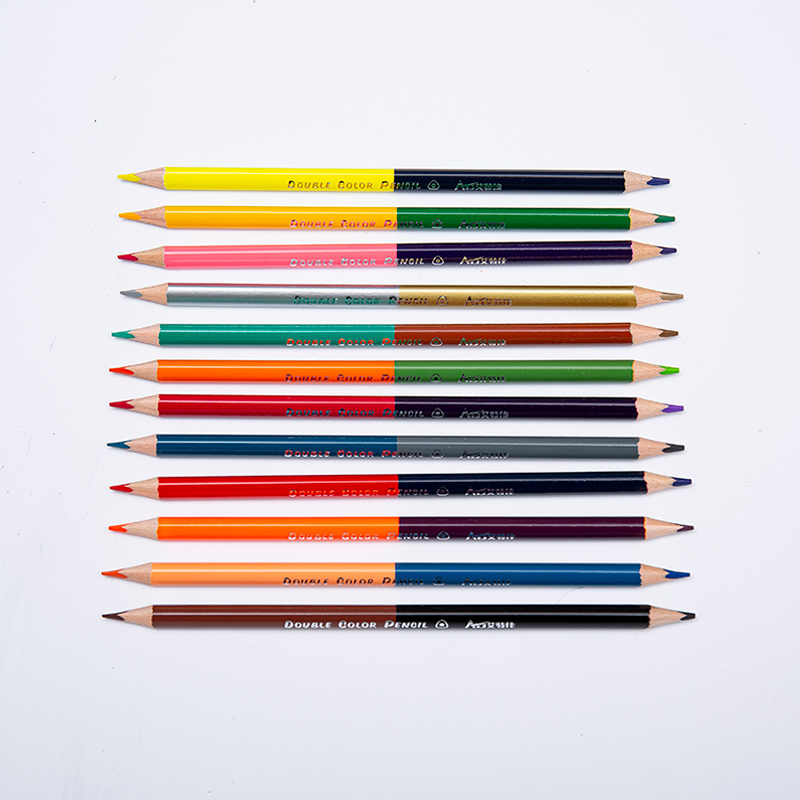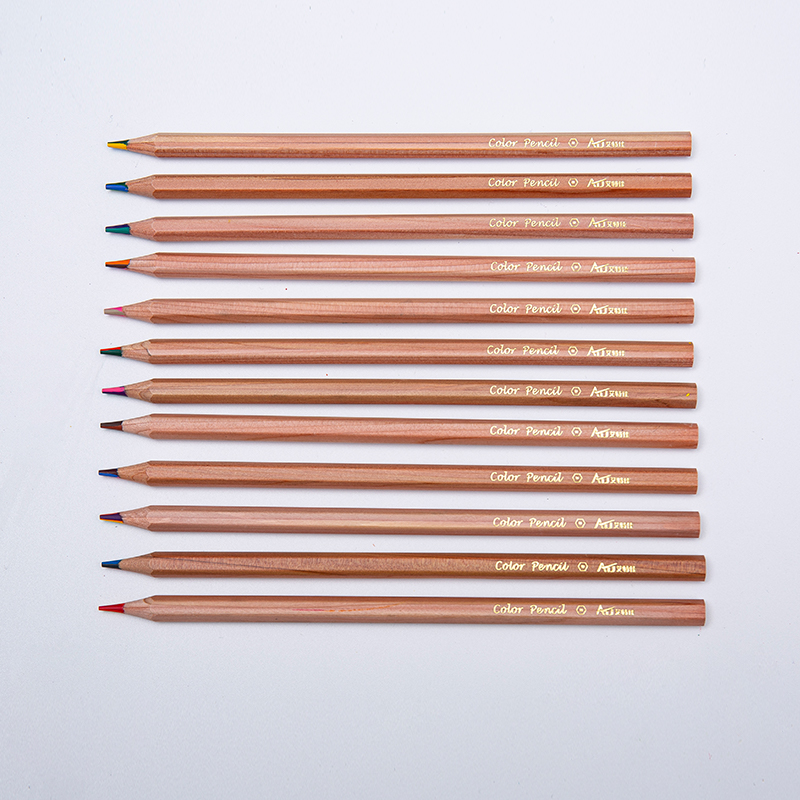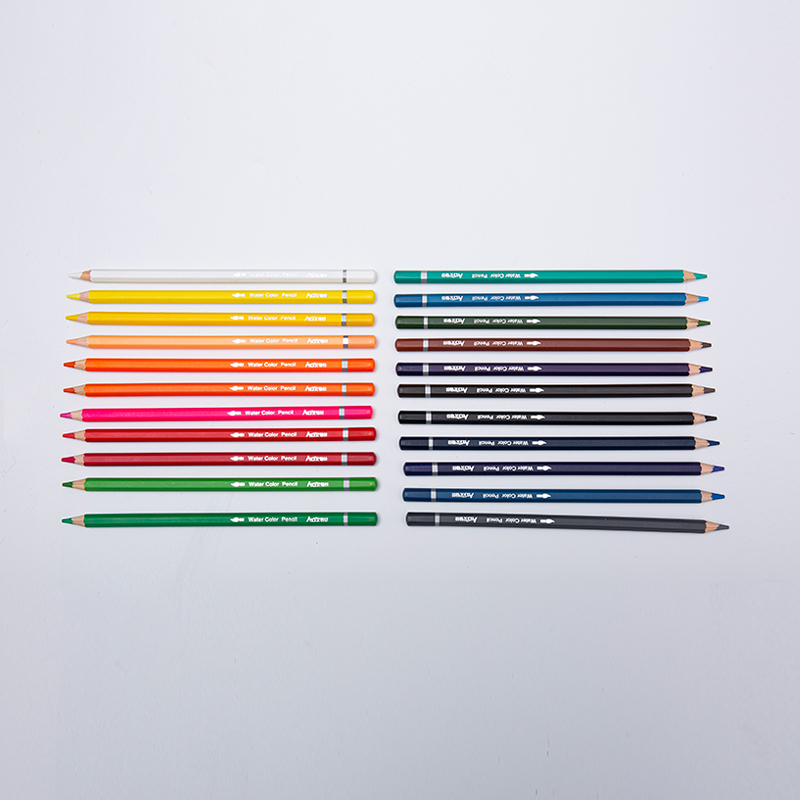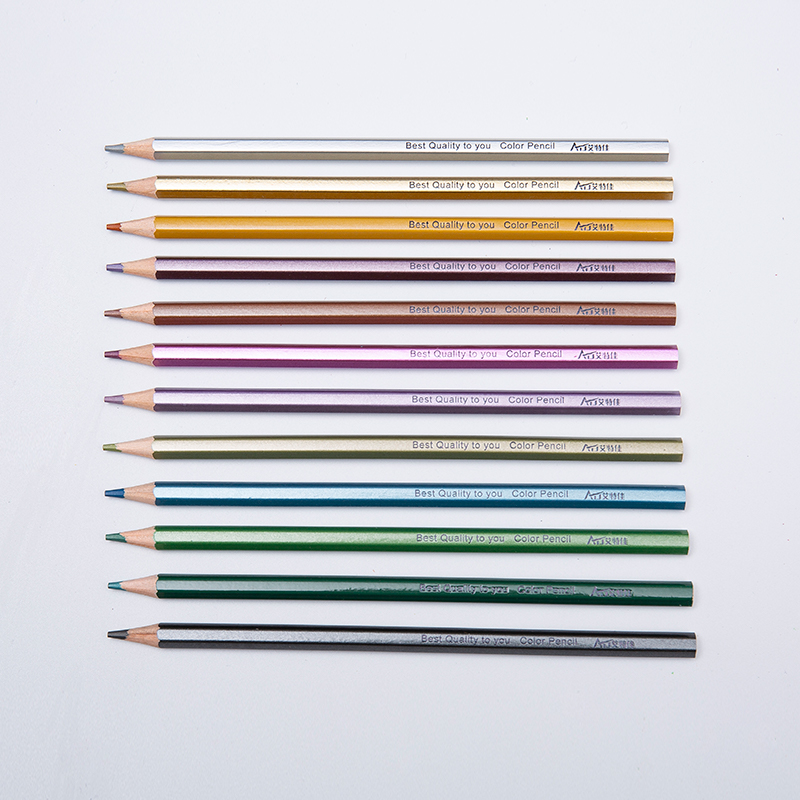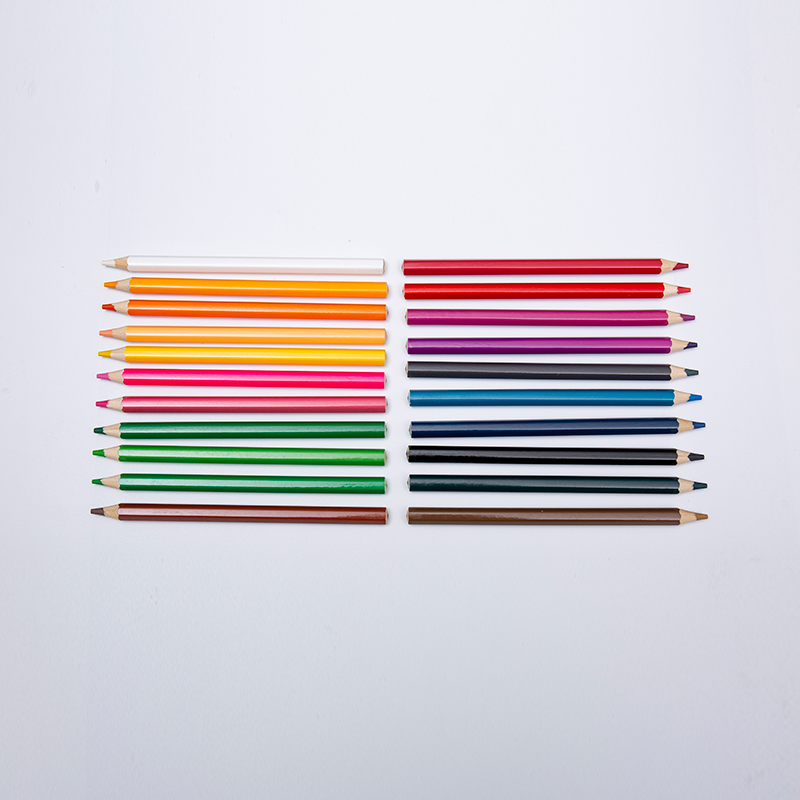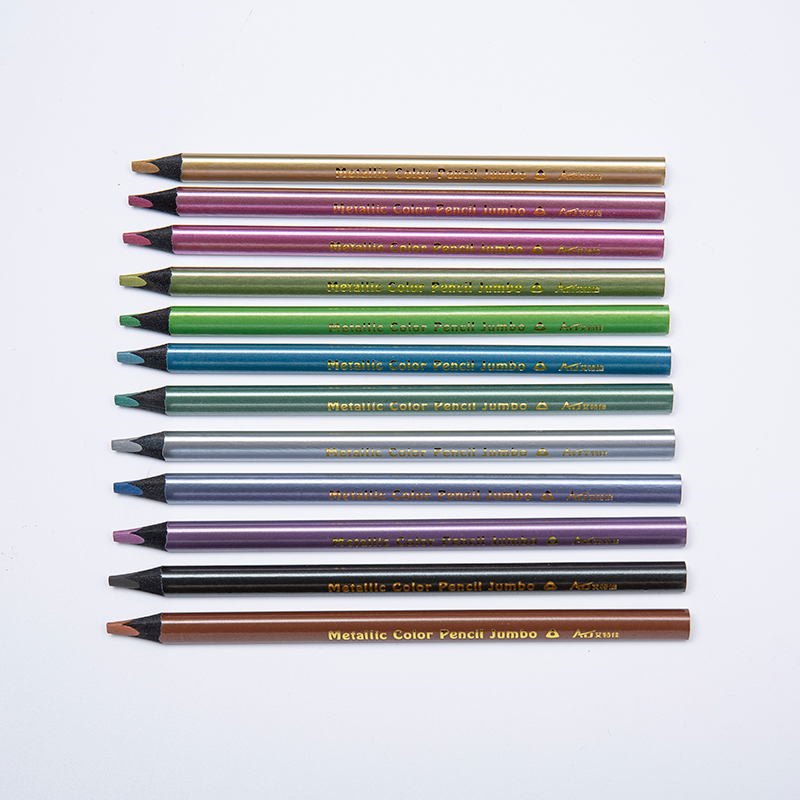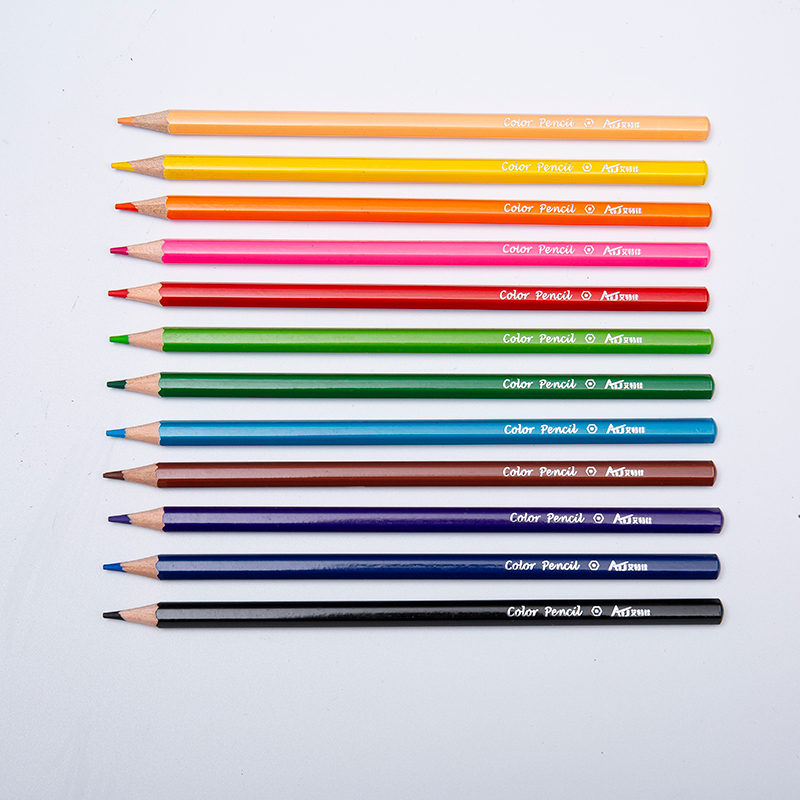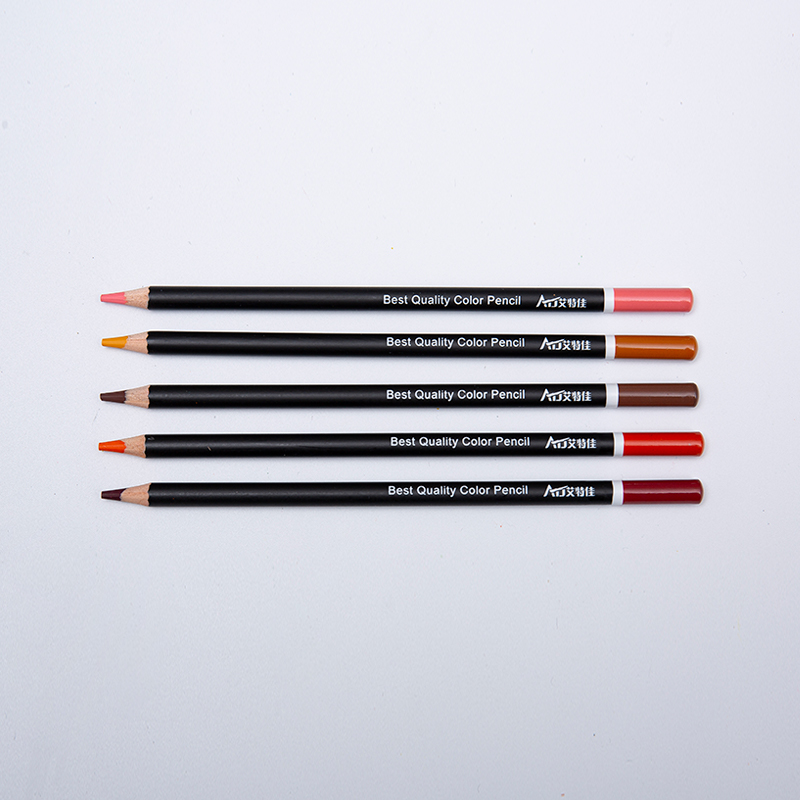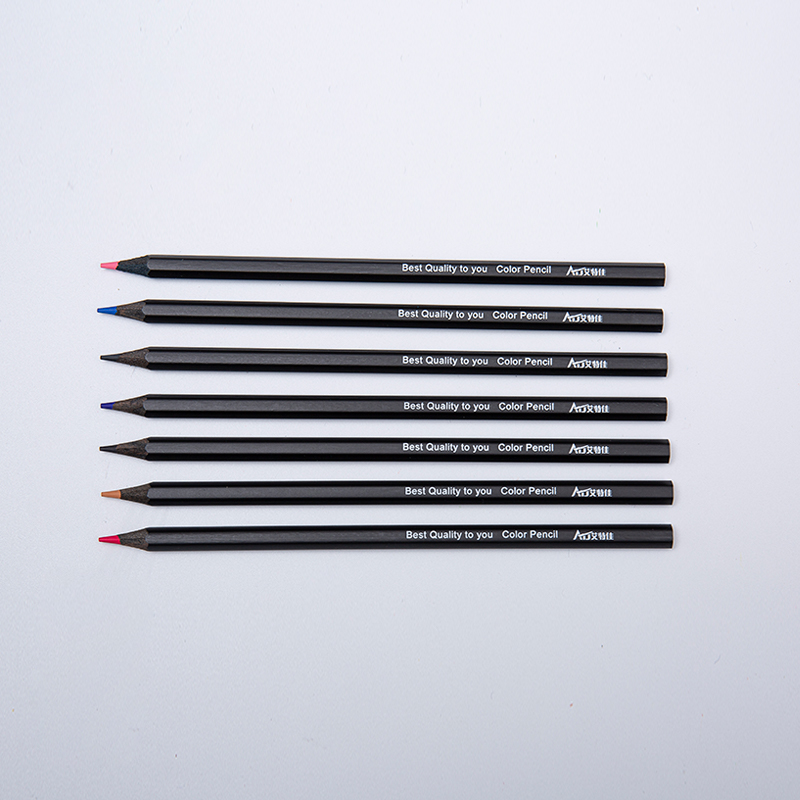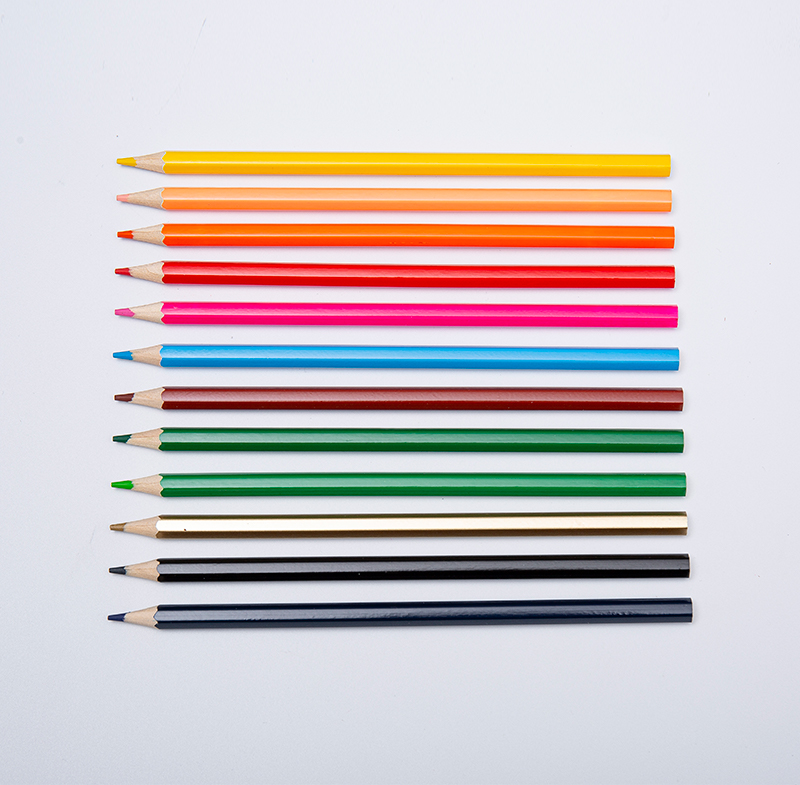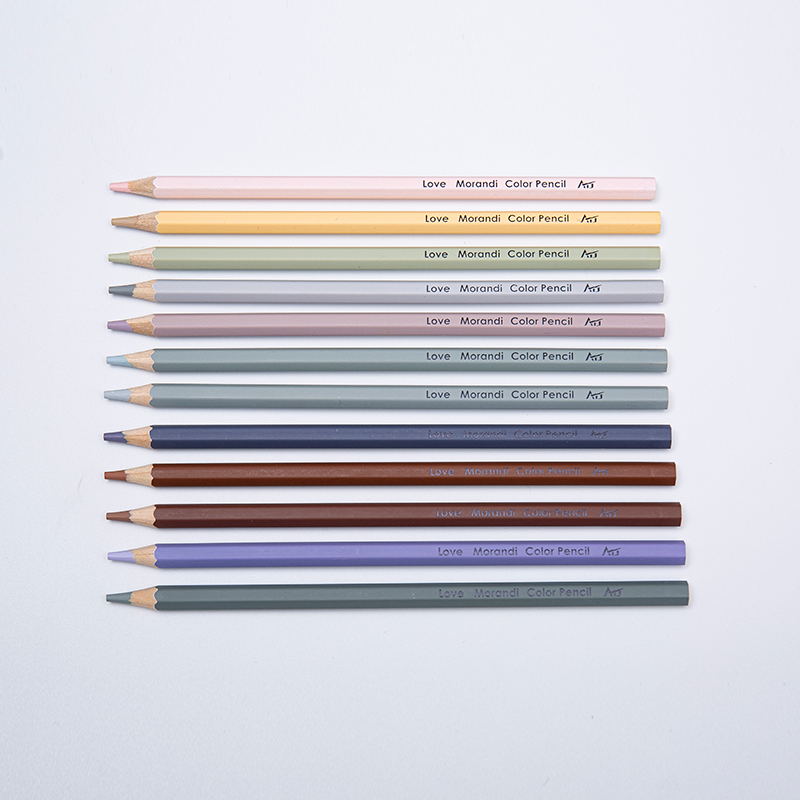The humble graphite pencil, a cornerstone of art and writing for centuries, is experiencing a quiet revolution. While the familiar standard graphite pencil remains ubiquitous in schools and offices, and the deep, rich black graphite pencil is cherished by illustrators for its intensity, a new contender is gaining significant traction: the soluble graphite pencil. This innovation prompts a fascinating question: Are we witnessing a fundamental shift in how graphite is used, or is this simply expanding the artist's toolbox?
For generations, the standard graphite pencil has been defined by its reliability and simplicity. Its core, a blend of graphite and clay, creates marks ranging from light grey to near-black depending on the grade (HB, 2B, 6B, etc.). It's erasable, portable, and predictable – the tool for sketching, drafting, note-taking, and underpainting. The classic black graphite pencil, often a softer grade like 6B or 8B, pushes this intensity further. Artists prize it for creating dramatic shadows, bold lines, and velvety dark areas that form the backbone of many striking drawings. The standard graphite pencil is the workhorse; the black graphite pencil is the dramatist. Both offer permanence once set on paper, requiring fixatives to prevent smudging.
Enter the game-changer: the soluble graphite pencil. Engineered differently, its core contains water-soluble binders alongside graphite. This seemingly small alteration unlocks a world of possibilities. Marks made with a soluble graphite pencil behave like traditional graphite initially—they can be drawn with precision, shaded, and even erased while dry. However, introduce a wet brush, and the magic happens. The graphite dissolves, transforming into a fluid wash akin to ink or watercolor. Suddenly, a single soluble graphite pencil can create sharp lines, soft gradients, and tonal washes, mimicking techniques previously requiring multiple mediums. This versatility is its superpower. One soluble graphite pencil effectively replaces a pencil, a bottle of ink, and a set of grey washes. The intense black graphite pencil offers deep darks, but a strategically dissolved soluble graphite pencil can achieve similar depths with a uniquely fluid, painterly quality.
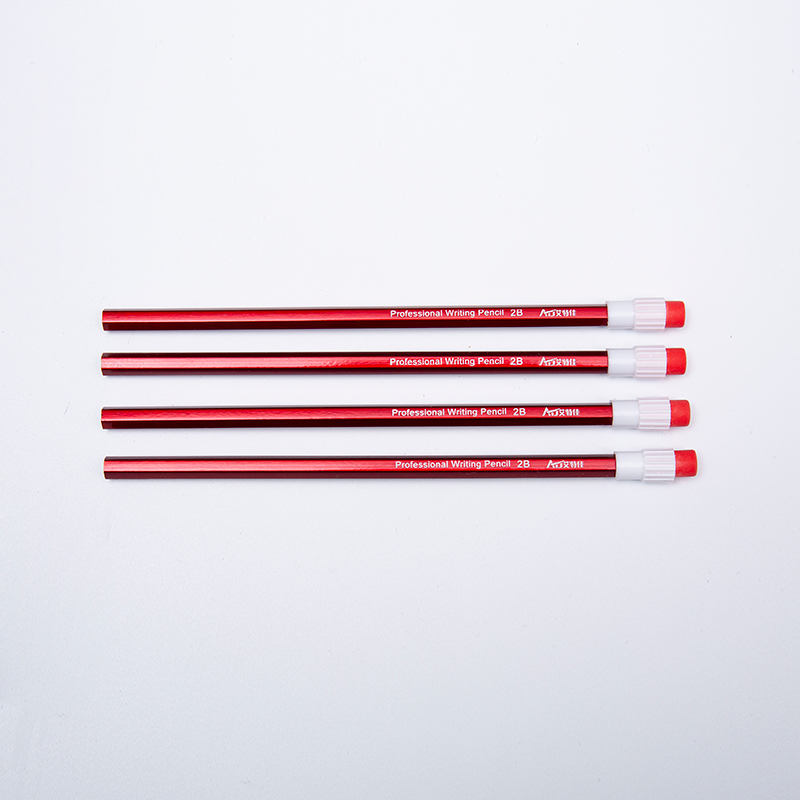
Does this mean the demise of the classic black graphite pencil or the trusty standard graphite pencil? Not necessarily. Each tool serves distinct purposes. The standard graphite pencil remains unmatched for precise, controlled work where permanence without water intervention is key – architectural sketches, detailed technical drawings, or simply jotting notes. Its predictability is its strength. The deep, immediate darkness of a high-quality black graphite pencil is still the go-to for artists seeking intense, velvety blacks directly from the point, especially in dry techniques like cross-hatching or stippling. Its richness is hard to replicate instantly with a wash.
The soluble graphite pencil, however, is carving out a massive niche, particularly among illustrators, mixed-media artists, and those seeking efficiency and expressive potential. It bridges the gap between drawing and painting. An artist can lay down a detailed sketch with a soluble graphite pencil, then seamlessly blend and shade areas with water, creating backgrounds or soft transitions in seconds. They can achieve effects impossible with a dry standard graphite pencil or even the darkest black graphite pencil. The ability to re-wet and rework areas adds another layer of flexibility, though it requires some practice to control. While a standard graphite pencil drawing is largely fixed once made (beyond erasure), and a black graphite pencil mark is definitively dark, the soluble graphite pencil lives in a state of potential flux until finally fixed.
The rise of the soluble graphite pencil is less about obsolescence and more about diversification and empowerment. It doesn't render the standard graphite pencil obsolete for drafting, nor does it eliminate the need for the intense immediacy of a dedicated black graphite pencil. Instead, it offers a third, incredibly dynamic pathway. Artists are increasingly mixing them: using a standard graphite pencil for precise structural lines, a black graphite pencil for the deepest accents and textures, and a soluble graphite pencil for tonal washes and atmospheric effects. This hybrid approach maximizes the strengths of each.
Manufacturers are responding enthusiastically. Lines of soluble graphite pencil are expanding, offering varying degrees of solubility and darkness, sometimes rivaling the depth of a traditional black graphite pencil when washed intensely. Quality improvements ensure they perform reliably as both a dry drawing tool and a wet medium. Yet, the classic standard graphite pencil, from the humble HB to specialized hard and soft grades, remains a staple in every pencil case. The rich, uncompromising darkness of a premium black graphite pencil continues to hold a revered place on the drafting table and in the artist's studio.
The future of graphite drawing isn't about one type winning. It's about having the right tool for the vision. The soluble graphite pencil hasn't ended the era of the black graphite pencil or the standard graphite pencil; it has spectacularly broadened the graphite landscape. Artists now possess a range: the dependable precision of the standard graphite pencil, the profound depth of the black graphite pencil, and the fluid, transformative magic of the soluble graphite pencil. The true power lies in understanding and harnessing the unique potential of each, choosing the standard graphite pencil, black graphite pencil, or soluble graphite pencil—or a combination thereof—to bring their creative vision to life. The graphite renaissance is here, and it's beautifully multifaceted.


 English
English  Français
Français عربى
عربى Español
Español 中文简体
中文简体